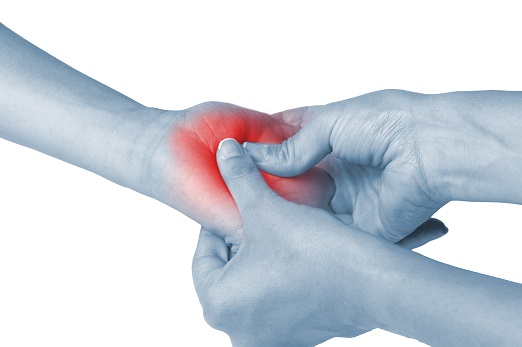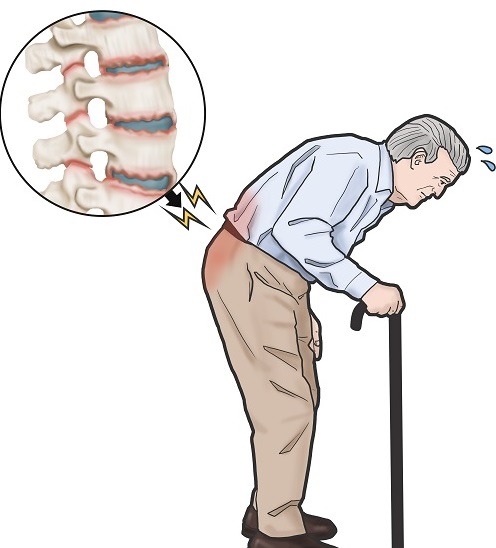Hand and wrist pains are very common in our society. The structure of the human hand is quite complex and involves many complex mechanisms that allow us to grasp the tennis racket, hold a pen or play a musical instrument. Our hands are our most important tools that enable us to relate to the environment. Therefore, accurate diagnosis and treatment of hand and wrist diseases is of great importance.
Who has hand and wrist pains?
Hand and wrist pain can be seen in all age groups. It is especially common in employees in professions that can cause difficulty in the hand and wrist. It is is common in those who work in food processing, construction and manufacturing, housewives, computer users, people with inflammatory rheumatic diseases (such as rheumatoid arthritis, gout, psoriasis).
What are the causes of hand and wrist pain?
A large number of diseases can cause hand and wrist pain. The main causes are: nerve compressions (carpal tunnel syndrome, ulnar neuropathy), arthritis (especially osteoartritis of the thumb carpometacarpal joint), tenosinovits, inflammatory joint rheumatism (such as rheumatoid arthritis, gout, psoriatic arthritis), finger injuries and sprains, dupuytren’s contraception, complexeleck regional pain syndrome, neck and elbow diseases. Carpal tunnel syndrome (CTS) is the most common compression neuropathy in the upper extremity and the most commonly reported occupational disease. Fifty percent of the population has symptoms consistent with CTS. Typical findings of CTS are numbness, tingling, burning, pain or a combination of these. The reason is the increase in pressure inside the carpal tunnel and the pressure of the nerve. Treatment begins with the replacement of repetitive and inappropriate movements that cause complaints. The use of wrist rest at night reduces complaints in 80% of patients. Drug therapy, physical therapy, local injection therapy are applied and exercise is recommended in patients with ongoing complaints. If not enough good is achieved with a conservative approach, surgical intervention should be considered.
Do hand and wrist pains require further examination?
In patients who do not respond to treatment, patients with a history of trauma, who are considered to have inflammatory rheumatic disease, who are thought to have nerve compression or who are thought to have reflected pain, may require further examination and treatment for differential diagnosis. For this purpose, blood tests, electroneuromyography (ENMG) and imaging methods (direct graphene, ultrasonography, magnetic resonance imaging (MRI) or computed tomography (CT) can be used according to the differential diagnoses considered.
How to treat hand and wrist pains?
Regardless of the cause of the pain, it is possible to reduce or pass the pain. For this, the correct diagnosis is important first. For this purpose, it is very important for the patient to contact the relevant specialist as soon as possible. Most patients with hand and wrist pain can be treated with conservative, non-surgical methods (rest, medication, physical therapy and exercise, local and regional injections). With an accurate treatment and rehabilitation program, most common hand problems are solved and full function is gained. Antiromatismal drugs are used to reduce inflammation in inflammatory hand pain. Local cold or hot applications, paraffin, contrast baths are used. Especially in case of arthritis and acute traumas, local cold application is performed. If the pain is long-lasting, they see more benefits than hot application in the presence of degenerative disease. Exercise, work and occupational therapy are important for the recovery of hand functions.
What should be considered to get rid of hand and wrist pains?
Avoid repetitive forceful movements of the hand and wrist.
Avoid activities that cause the wrists to remain constantly bent, or take frequent breaks.
Take frequent breaks when writing while doing fine handicrafts.
When writing, don't squeeze your fingers too much and keep your wrists straight.
For hand-made tools and materials such as pens and screwdrivers, opt for thick handles to make grip easier.
Use not only the wrist, but also the forearm and arm when doing hand and hand work.
If you have a hand and wrist condition, use a resting splint or wrist support.






